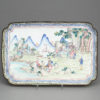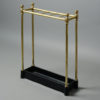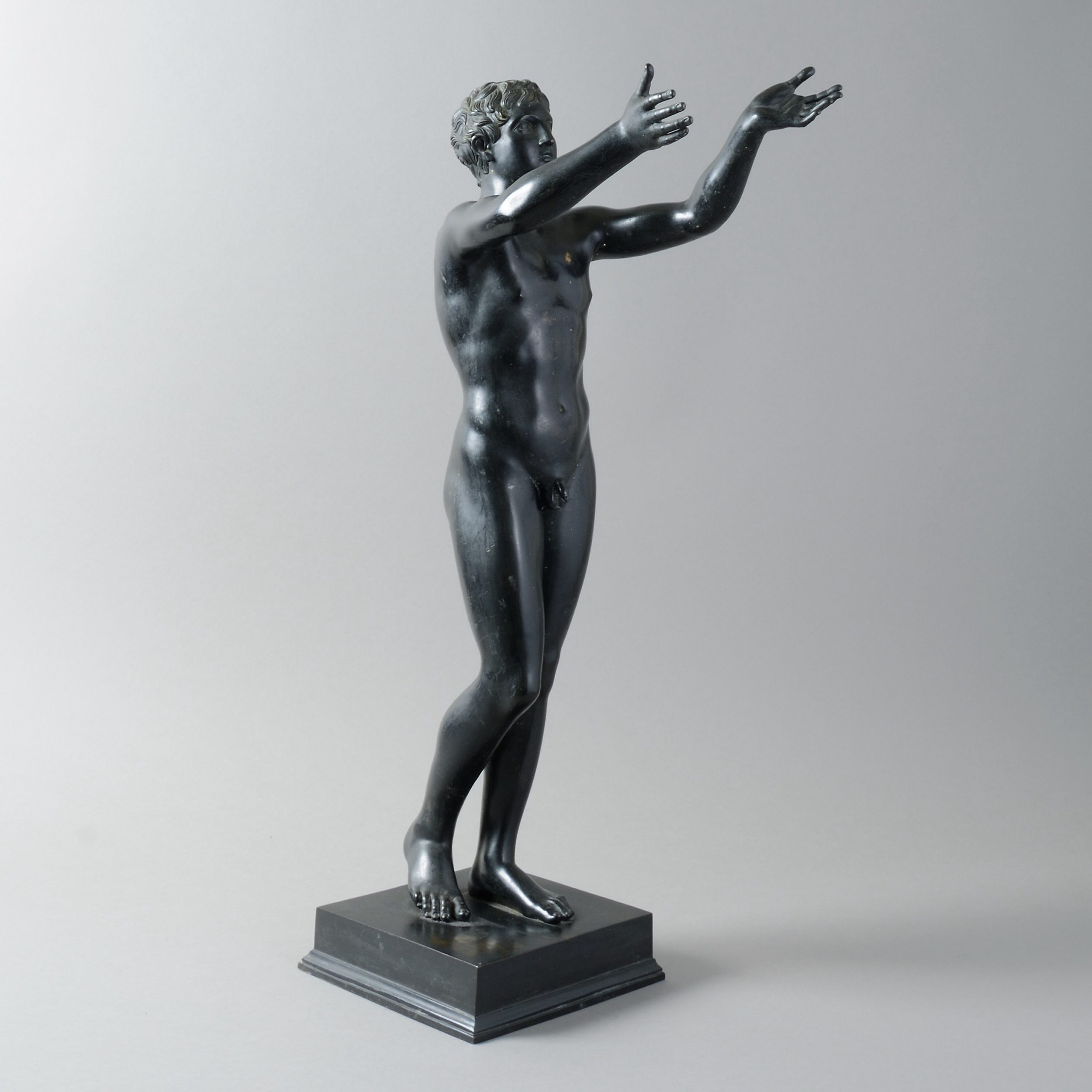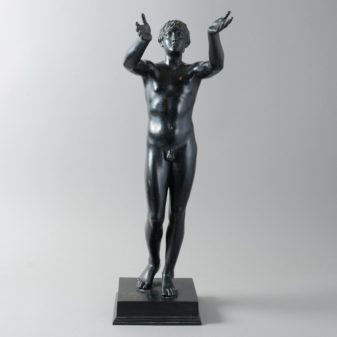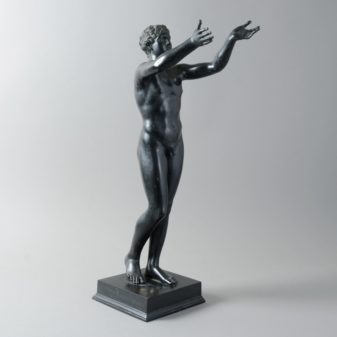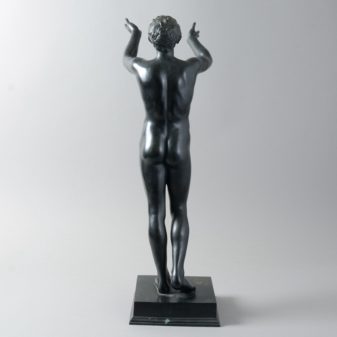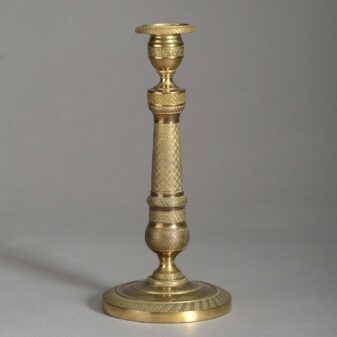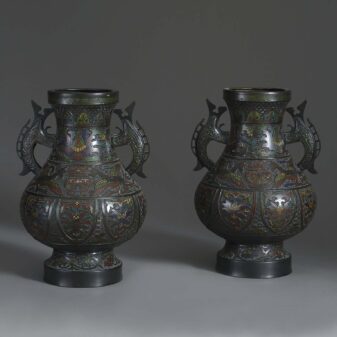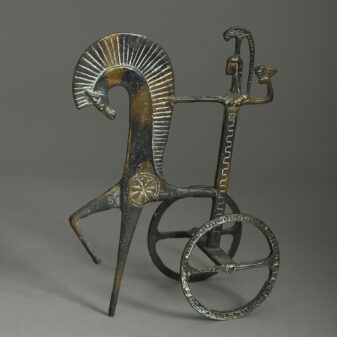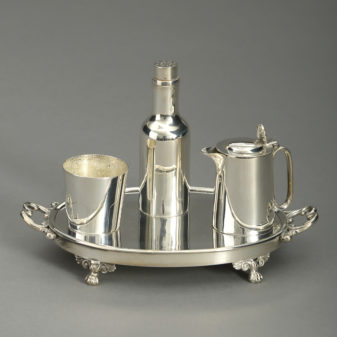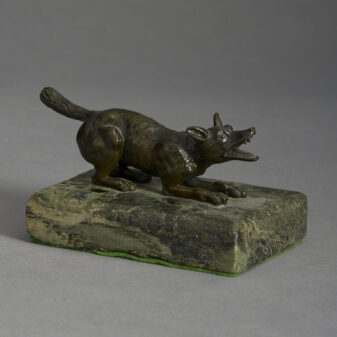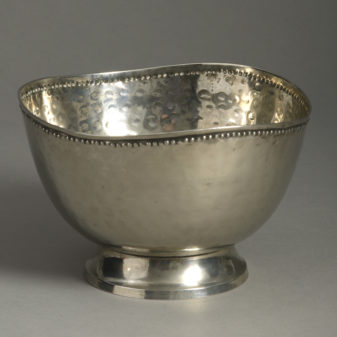An Early 19th Century Bronze Reduction of The Orans
£4,800
SOLD
An early 19th century bronze reduction of The Orans or ‘Praying Boy’
The Orans Figure or the Praying boy was considerably common in early Sumerian cultures: ‘…it appears that Sumerian people might have a statue carved to represent themselves to do their worshipping for them – in their place, as a stand in. An inscription graven on one of these statues translates, ‘It offers prayers.’ Another inscription says, ‘Statue, say unto my King (God)…’
The custom of praying in antiquity with outstretched, raised arms was not unusual either in Jewish or Gentiles populations and the iconographic type of the Orans was strongly influenced by Classical representations, leading it to become a figurative topos in Christian art.
The original young male nude bronze, better known as The Praying boy, was purchased in 1884 from the Louvre, but its provenance seems to be the island of Rodhes in Greece and later Venice, where it was found in the XVI Century. Currently the Praying boy is in the Antikensammlung, Berlin. With his upward gaze, his twisting shoulders and raised arms the main conjecture is that this graven boy is praying. Pliny, in the Natural History, wrote that Boidas, one of the sons of Lysippos, made a statue in bronze of a boy praying. But there is no concrete reason to tie this piece with Pliny’s description.
He figure is probably an athlete, who raises and holds a winning headband or a laurel wreath. He may also, however, be in prayer to the gods, thanking them for his good fortune.

